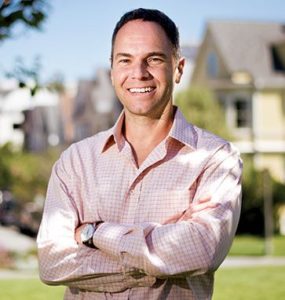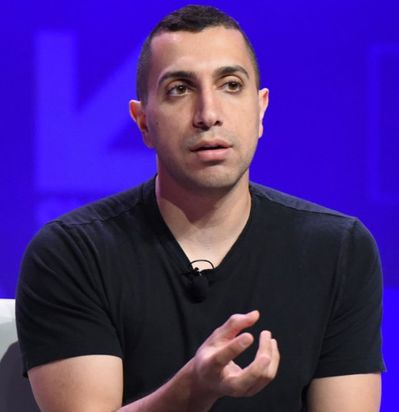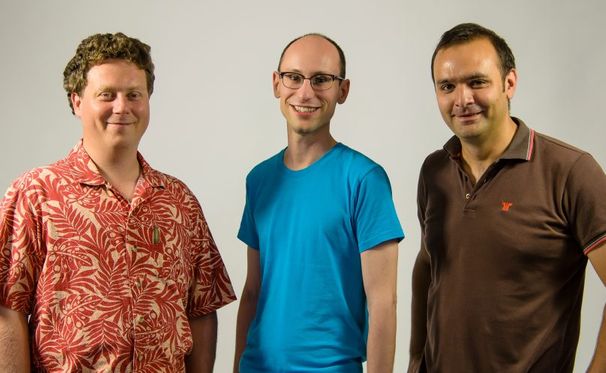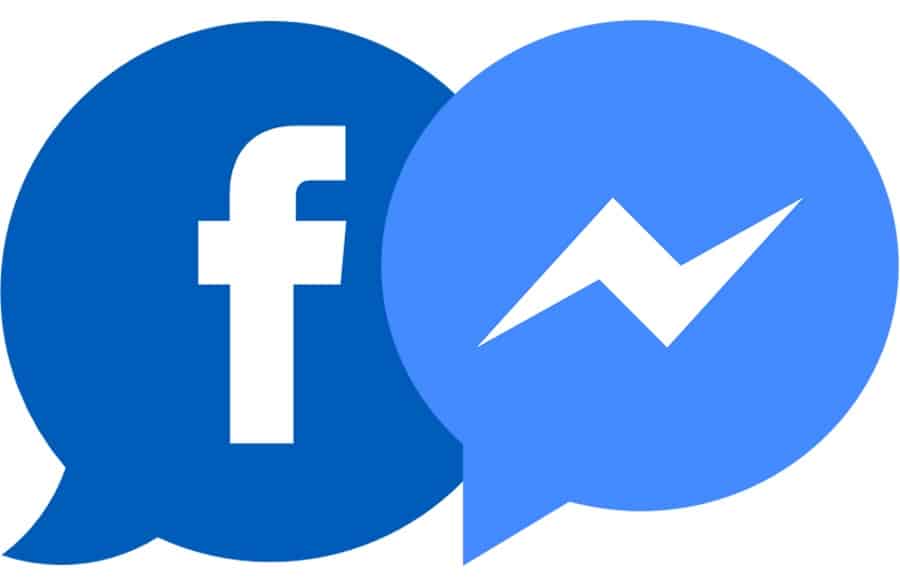Success Story of Xender, Sharing Files Without The Expense of Mobile Data
India is surely a developing country but still, the internet has not reached every corner of the nation. Even today, it is a part of luxury for some people to be able to use mobile data. Now, mobile phone users without the internet can transfer a file through Bluetooth easily but it also has limitations.
When sending files from an Android OS to iOS, it is not possible via Bluetooth. In this kind of crisis, a software that can help users to transfer files from one device to another without using data and also allowing transfer between different OS is absolutely a blessing.
And to meet these needs of the people, Xender was developed in 2011. Xender is a software written in languages Java and Objective-C which helps connect two smart devices and transfer files without turning on data. The application is currently available on four operating systems, Windows, iOS, Android and Tizen.
A Chinese Start-up
Xender was developed in 2011 by three developers, namely, S.S Chandwara, Lokesh Narwani, and Tingu Urf Tikiya and was founded by Peter Jiang. Apart from the main advantage of application being running without mobile data, Xender connected with computers as well. And, in the case of computers, Xender was made available for both Windows and MAC.
The main feature of the application was the personal hotspot feature that also assured high speed for the file transfer system. With Xender launching in the market, the two main problems often faced by the users were resolved. First, people didn’t need to think about the cost of data anymore and second, file transfer was made possible between dissimilar operating systems.
The obstacles
After a couple of years of launching Xender, the main competitors of the application were Zapya and SHAREit. Though Xender managed to bag 200 million users by 2015, the stock market of China slowed down during these years. The biggest impact of this sudden change in the economy of the Chinese market was suffered by the tech start-ups as they were unable to find suitable investors. Raising funds became a living nightmare for the company but they didn’t stop looking for investors.
But, after many struggles, this four-year-old start-up raised a good amount of undisclosed funding from angel investors, Linear Venture and investors of WeChat.
Expansion of the market
Xender has been launched in more than 22 countries by now but most of its active users are from Mexico, Brazil, and India. One of the biggest markets for Xender is India given those big companies like Micromax pre-install the application before selling it to the customers. India is Xender’s biggest oversea success and the largest market after China itself. The company is expected to grow exponentially as the production of smartphones is also increasing over the years.
Xender in India
By 2016, Xender announced that it has hit a 50 percent share in the market of India and along with that revealed the growth rate of users, that is, 100 percent. Xender witnessed around 170 million active users of the application blooming in the Indian market. Xender reached 500 million global users by this year and Jiang announced that their goal was to reach 800 million by the next couple of years.
The main users of Xender were from the expected metropolitan cities like Bangalore, Mumbai, Kolkata, and Delhi. But, the application was also gaining popularity in the northern parts of India especially in the areas where internet connections were not so strong. After the next couple of years, Xender took a gigantic step by coming into a partnership with SONY India for MovieChain Project.
An offline distribution system for movies was a huge change in the business model as compared to the conventional way. But, this sudden change would have definitely increased the Indian Xender user base as transferring movies through mobile terminals without turning on data definitely sounds advantageous in every way.
Jiang, after successfully starting a joint venture with SONY India announced that he plans to expand his partnership with major movie studios around the globe and explore new ways to expand the business. By this time, Xender was used in more than 190 countries with its availability in more than thirty languages.

Annasha Dey is an NIT student, who apart from studying engineering is also a content writer. She has a great interest in photography, writing, reading novels, and travelling as well. She is a foodie who loves socializing and hanging out with her friends. She is also a trained Kathak dancer and a big fashion enthusiast. Dey also loves watching TV series, which includes F.R.I.E.N.D.S. and Big Bang Theory. To be a better writer she prefers to read more












